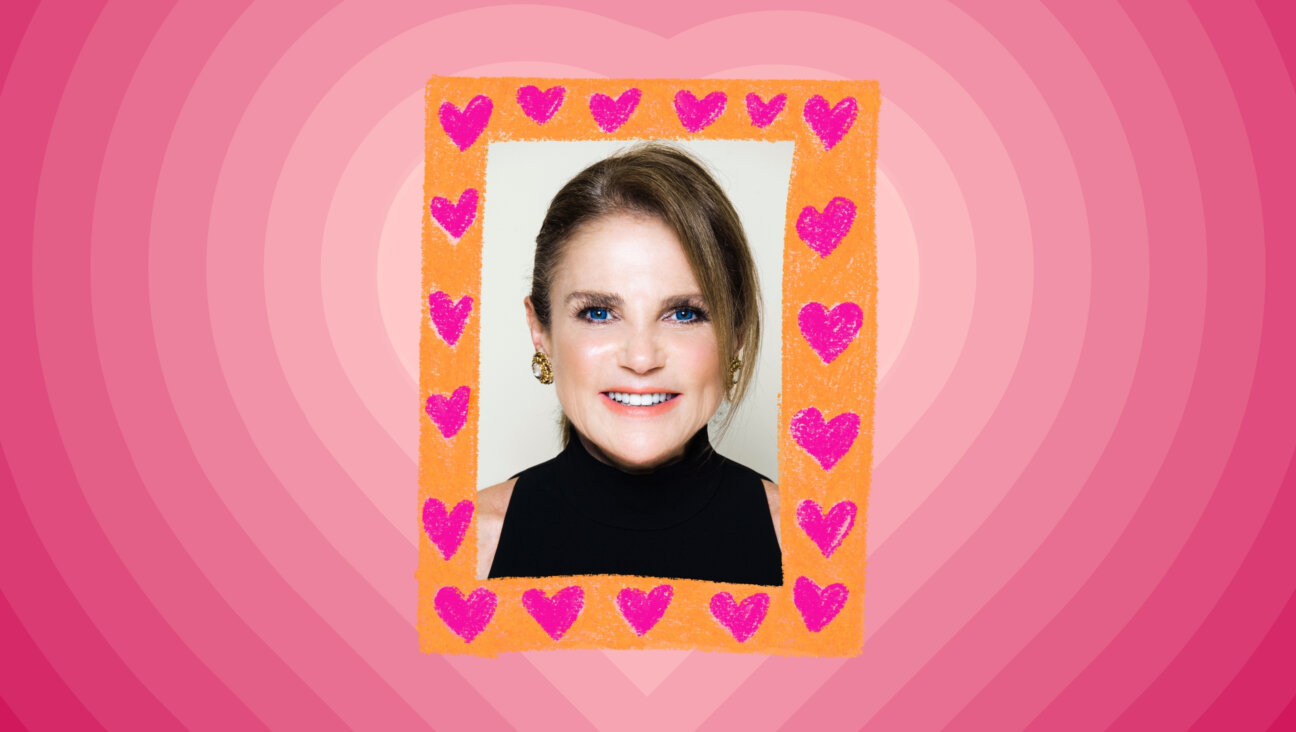These Backstage Ringling Brothers Photos Prove The Circus Was Always A Scary Place

Image by wikimedia
At the beginning of the year, the The Ringling Brothers and Barnum & Bailey Circus announced that they will be putting on their last performances in May of 2017. Since announcing their upcoming closure, the company has received a spate of “in-memoriam” type coverage from the press – most of it nostalgic, some, not so much (you can only abuse elephants.
The photographs, taken in 1977, were recently reprinted by the New Yorker. As Andrea DenHoed, a Web Producer at the New Yorker, points out “The circus might have started as an emblem of aspiration, of nineteenth-century prowess and dominion, but, by the time of Meisler’s visit, photographing the circus was a project of nostalgia, of capturing something that was slipping away.” Which is perhaps why, even then, Meisler’s subjects seem so out of place, so alien. Not that circus performers qua performers ever look, or intend to look, inconspicuous – but there is a strange desperation, a strange sadness to the photographs that heightens the inherent nightmarish qualities to circus performance (I have always had a fear of clowns and puppets, so perhaps I am projecting here, but it seems to me that the very nature of circus is the commingling of fear and joy, nightmare and id, terror and humor – a commingling which serves to make the circus, in its ideal form, a transgressive force [the circus in Laszlo Krasznahorkai’s “The Melancholy of Resistance” being a prime example]).
Meisler’s most notable photographs (at least the ones printed by the New Yorker) deal with the workers behind the scenes, not the performers themselves. One photograph in particular stands out. It shows three performers in terrifying monkey costumes parading backstage. They are spectacle in the extreme, and like all spectacle, they command and devour the visual space. In the far left of the image, however, is a man in street clothes, sitting by a door, glaring up at the marching monkeys. His presence, a non-circus presence, drives home the otherworldliness of the photograph. His glare informs our own emotional response – the image goes from comic, slightly scary performance, to dystopian.
DenHoed makes an apt comparison between Meisler’s work and the work of Diane Arbus, but, she writes, “while Arbus showed the circus as a foggy, fevered nightmare, stark and alienating, Meisler finds a dream world, salvaged by pure human energy from the mundanity of normal life.” Agree to disagree, I suppose.
Jake Romm is a Contributing Editor for The Forward. Contact him at [email protected]
A message from our Publisher & CEO Rachel Fishman Feddersen

I hope you appreciated this article. Before you go, I’d like to ask you to please support the Forward’s award-winning, nonprofit journalism so that we can be prepared for whatever news 2025 brings.
At a time when other newsrooms are closing or cutting back, the Forward has removed its paywall and invested additional resources to report on the ground from Israel and around the U.S. on the impact of the war, rising antisemitism and polarized discourse.
Readers like you make it all possible. Support our work by becoming a Forward Member and connect with our journalism and your community.
— Rachel Fishman Feddersen, Publisher and CEO























